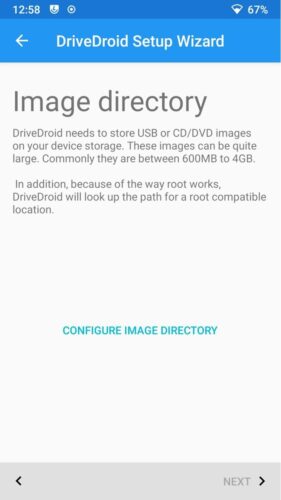

System files had to be stored somewhere they’d never be disconnected from the device, so you ended up with Android devices containing separate /data partitions for “system storage” and /sdcard partitions for “USB storage” on the same internal storage device. Any files or apps stored on the SD card or USB storage would be unavailable when it was connected to the computer. When you connected the storage to the computer, it was disconnected from the Android operating system running on the device. Whatever device is accessing the storage needs exclusive access to it. There were problems with the way this worked. The drive makes itself completely available to the computer, just as if it were an internal drive.

USB mass storage is the standard protocol used by flash drives, external hard drives, SD cards, and other USB storage devices. When disconnecting it from the computer, you’d have to tap a “Turn off USB storage” button. When you connected your Android device to your computer, you’d have to specifically tap a “Connect storage to PC” button to make the Android device’s storage accessible to the computer over USB mass storage. USB mass storage - also known as “USB mass storage device class,” USB MSC, or UMS - was the way older versions of Android exposed their storage to a computer. Why Modern Android Devices Don’t Support USB Mass Storage


 0 kommentar(er)
0 kommentar(er)
